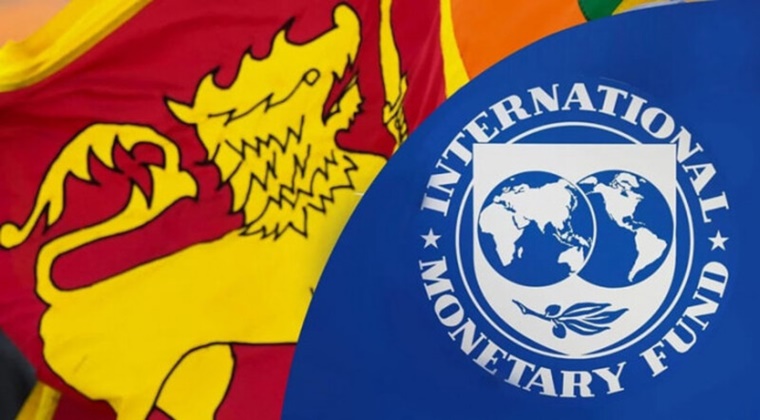When analyzing Sri Lanka’s economic crisis and the agreements made with the International Monetary Fund (IMF), a comprehensive understanding of past stability and future opportunities for economic recovery can be gained. Sri Lanka’s economy has faced an uncertain environment for many years, and the efforts by the IMF to provide relief and stabilize the situation have been significantly challenged along the way.
How the IMF Operates
The IMF is an international organization that primarily focuses on providing financial assistance to member countries and ensuring global economic stability. Its main task is to provide loans to countries in crisis to help them regain economic stability and implement development programs. Additionally, the financial support and practical assistance provided by the IMF require countries to undergo necessary structural reforms to organize their economies.
Countries receiving IMF loan support are expected to focus on the following elements:
Organizational Governance Programs: Countries benefiting from IMF support must reorganize their economic policies to manage and control economic crises.
Mental Capacity Building Programs: The IMF pays particular attention to the implementation of governance reforms and the success of these efforts.
Economic Stabilization: Loans and support through the IMF are essential for countries to rebuild their economies and stabilize them in the long term.
Sri Lanka and the IMF: Past Experiences
Sri Lanka has engaged in multiple agreements with the IMF over the years. The relationship between Sri Lanka and the IMF began in 1965, when the IMF extended loans to support the country’s economic reforms and crisis management.
In 2016, Sri Lanka entered into a new agreement with the IMF, which involved securing a loan of approximately 1.5 billion USD. This agreement focused on reforms such as changing tax structures, reducing public expenditure, and enhancing fiscal discipline, along with other macroeconomic stabilization measures.
The 2022 Economic Crisis and the IMF
In 2022, Sri Lanka faced one of the most severe economic crises, which was marked by a monetary crisis, fuel shortages, food shortages, and a significant depletion of foreign reserves. These challenges sparked widespread political unrest. To address this crisis, Sri Lanka entered into new agreements with the IMF, which required structural reforms and stabilization efforts in exchange for support.
The Future and Economic Development in Sri Lanka
While Sri Lanka has taken steps to stabilize its economy with the assistance of the IMF, it is crucial that the country continue to implement measures to ensure long-term economic stability. The following key areas should be prioritized for future growth:
Domestic Revenue Reform: Strengthening the tax system and ensuring proper debt management are essential for improving the country’s revenue generation.
Public Sector Reform: Reducing costs within government institutions and improving their efficiency will play a critical role in strengthening public administration.
Attracting Investments: Focusing on attracting foreign investments and promoting business development will help create a sustainable economy in the future.
Foreign Debt Restructuring: As Sri Lanka faces a high level of foreign debt, it is necessary to restructure and manage this debt quickly to avoid further economic strain.
As Sri Lanka moves towards stabilization with IMF support, careful attention must be given to implementing reforms that will ensure long-term economic recovery and sustainability.

